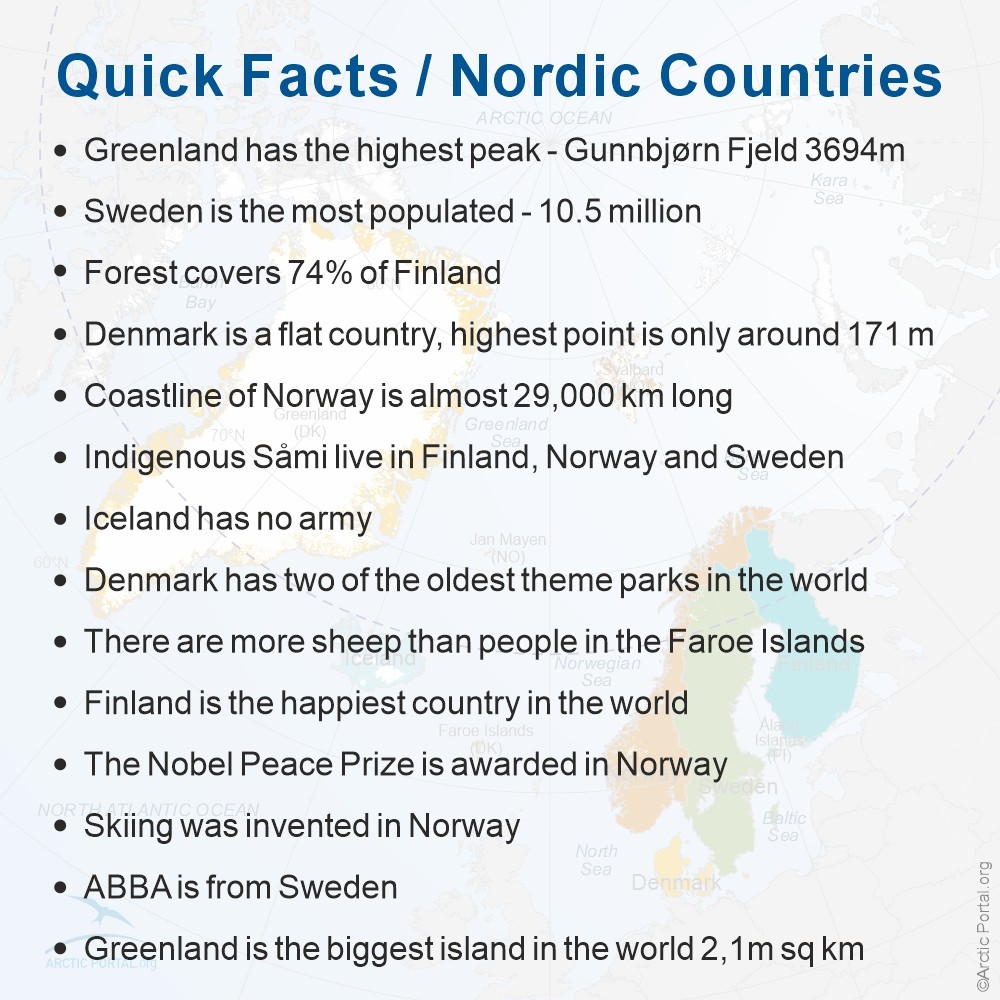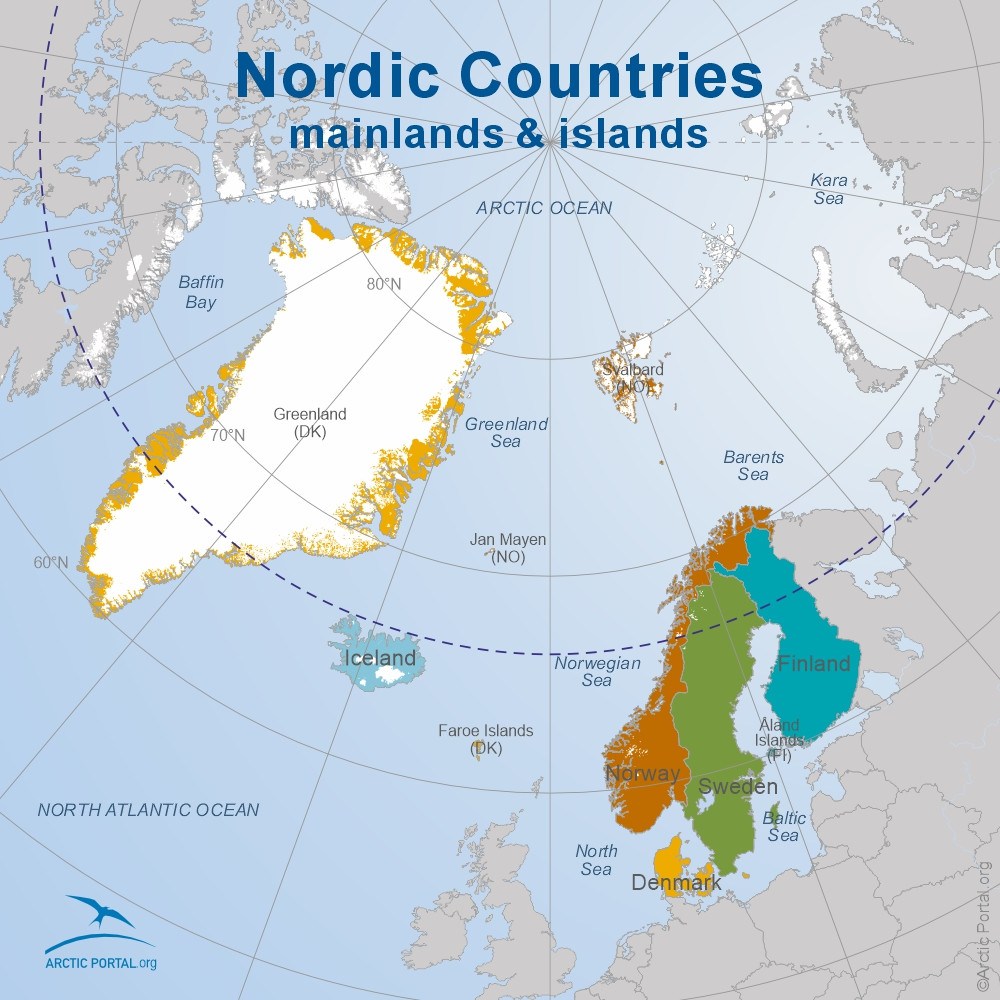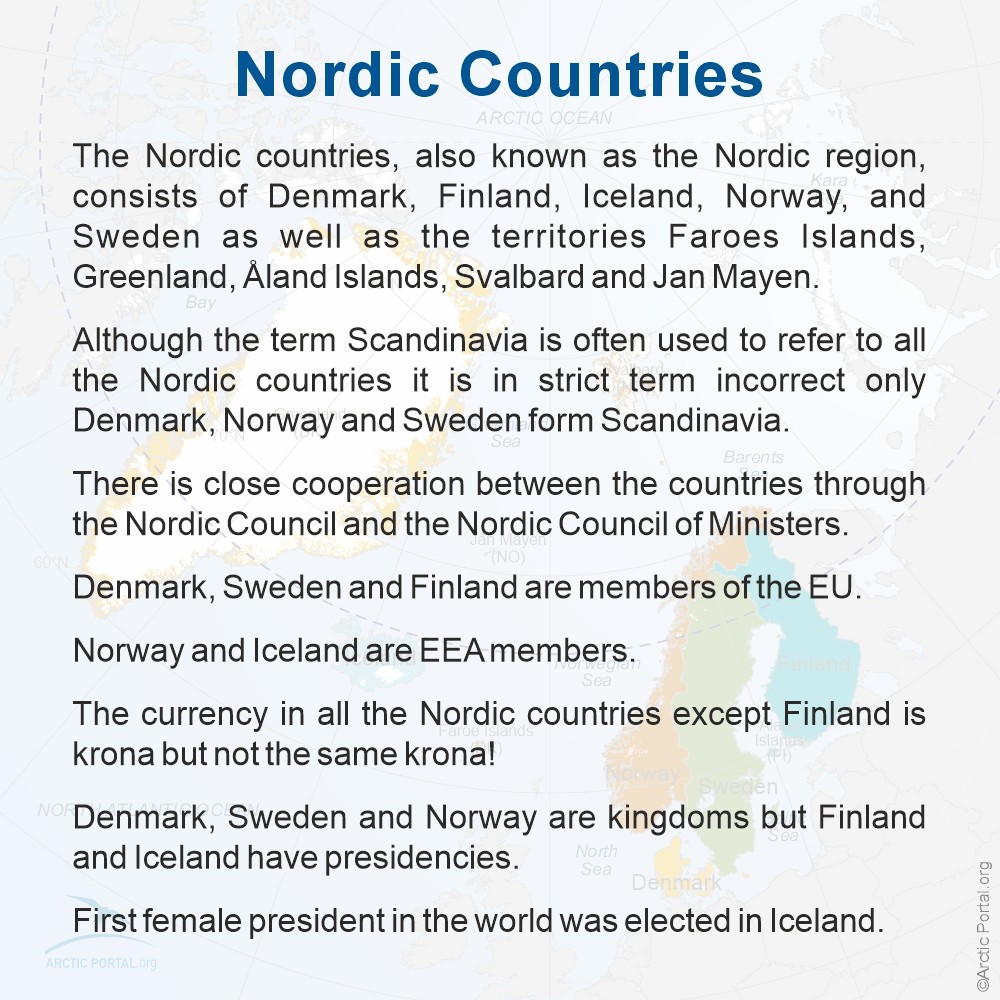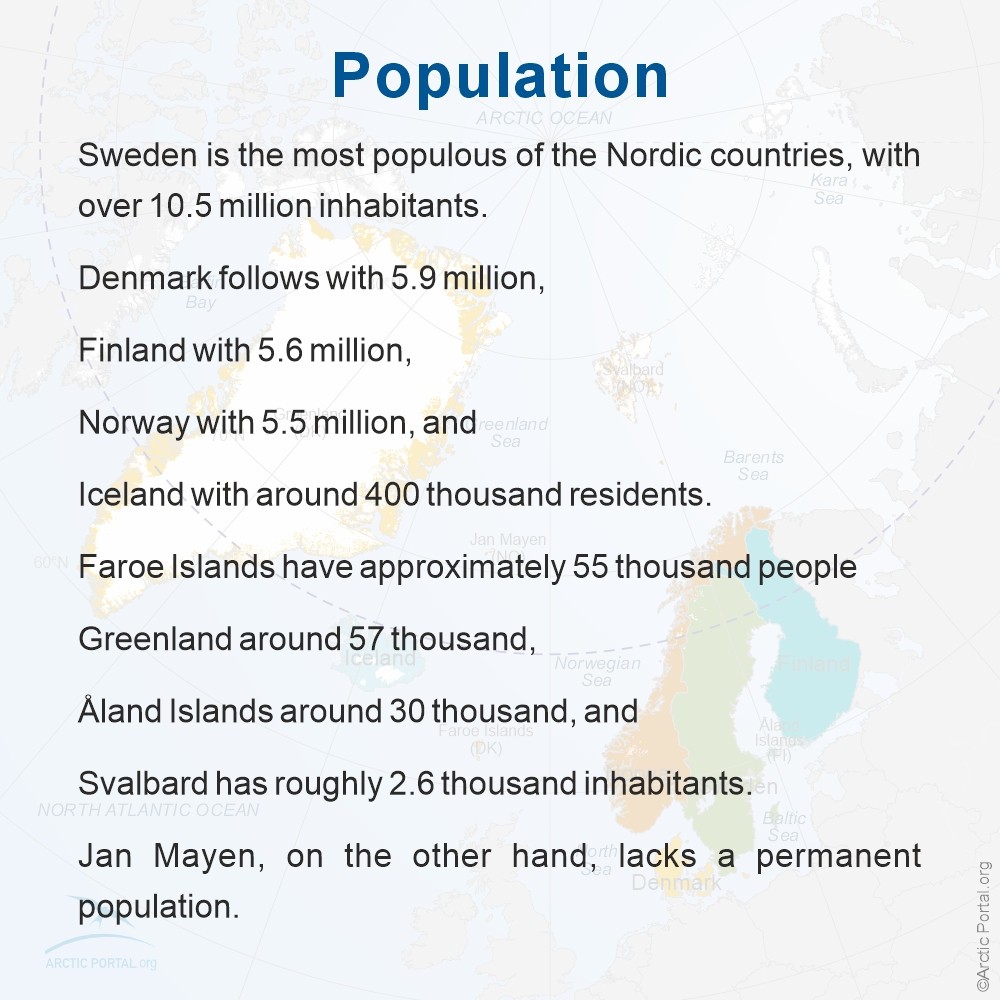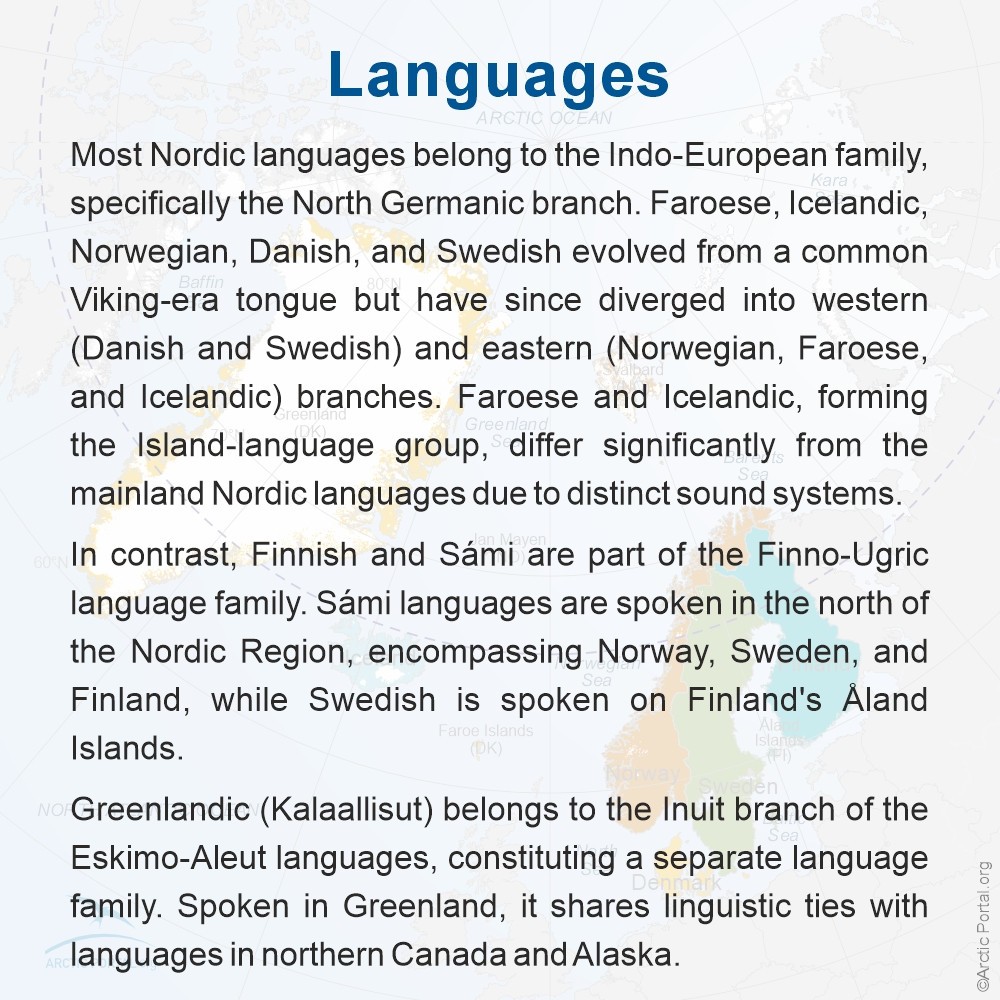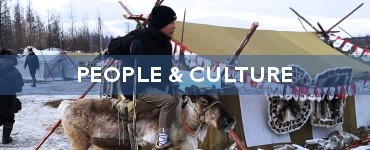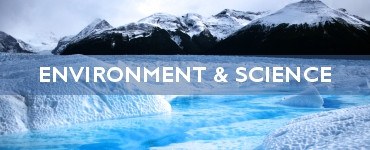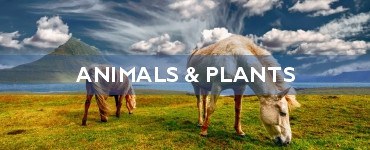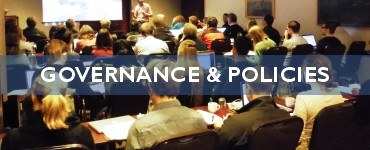The Nordic countries, also known as the Nordic region, consists of Denmark, Finland, Iceland, Norway, and Sweden as well as the territories Faroes Islands, Greenland, Åland Islands, Svalbard and Jan Mayen.
The Nordic countries, also known as the Nordic region, consists of Denmark, Finland, Iceland, Norway, and Sweden as well as the territories Faroes Islands, Greenland, Åland Islands, Svalbard and Jan Mayen.
Although the term Scandinavia is often used to refer to all the Nordic countries it is in strict term incorrect, only Denmark, Norway and Sweden form Scandinavia.
There is close cooperation between the countries through the Nordic Council and the Nordic Council of Ministers.
Denmark, Sweden and Finland are members of the EU.
Norway and Iceland are EEA members.
The currency in all the Nordic countries except Finland is krona but not the same krona!
Denmark, Sweden and Norway are kingdoms but Finland and Iceland have presidencies.
First female president in the world was elected in Iceland.
Population
Sweden is the most populous of the Nordic countries, with over 10.5 million inhabitants.
Denmark follows with 5.9 million,
Finland with 5.6 million,
Norway with 5.5 million, and
Iceland with around 400 thousand residents.
Faroe Islands have approximately 55 thousand people
Greenland around 57 thousand,
Åland Islands around 30 thousand, and
Svalbard has roughly 2.6 thousand inhabitants.
Jan Mayen, on the other hand, lacks a permanent population.
Languages
Most Nordic languages belong to the Indo-European family, specifically the North Germanic branch. Faroese, Icelandic, Norwegian, Danish, and Swedish evolved from a common Viking-era tongue but have since diverged into western (Danish and Swedish) and eastern (Norwegian, Faroese, and Icelandic) branches. Faroese and Icelandic, forming the Island-language group, differ significantly from the mainland Nordic langages due to distinct sound systems.
In contrast, Finnish and Sámi are part of the Finno-Ugric langage family. Sámi langages are spoken in the north of the Nordic Region, encompassing Norway, Sweden, and Finland, while Swedish is spoken on Finland's Åland Islands.
Greenlandic (Kalaallisut) belongs to the Inuit branch of the Eskimo-Aleut langages, constituting a separate language family. Spoken in Greenland, it shares linguistic ties with languages in northern Canada and Alaska.
Facts
- Greenland has the highest peak - Gunnbjørn Fjeld 3694 m
- Sweden is the most populated - 10.5 million
- Forest covers 74% of Finland
- Denmark is a flat country, highest point is only around 171 m
- Coastline of Norway is almost 29,000 km long
- Indigenous Sámi live in Finland, Norway and Sweden
- Iceland has no army
- Denmark has two of the oldest theme parks in the world
- There are more sheep than people in the Faroe Islands
- Finland is the happiest country in the world
- The Nobel Peace Prize is awarded in Norway
- Skiing was invented in Norway
- ABBA is from Sweden
- Greenland is the biggest island in the world 2,1 m sq km
Visit our Map Gallery Arctic Portal specializes in creating customized graphical maps that cover a range of significant Arctic topics with global recognition. We are continuously working on new maps and adding them to our Gallery.


